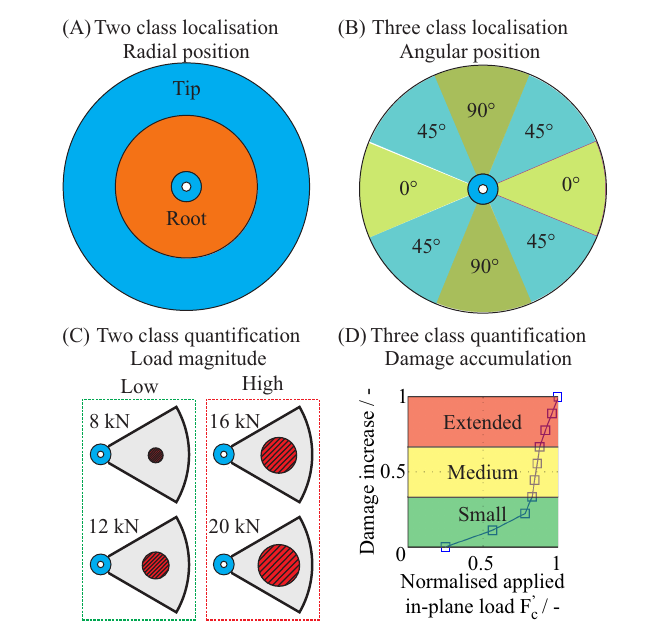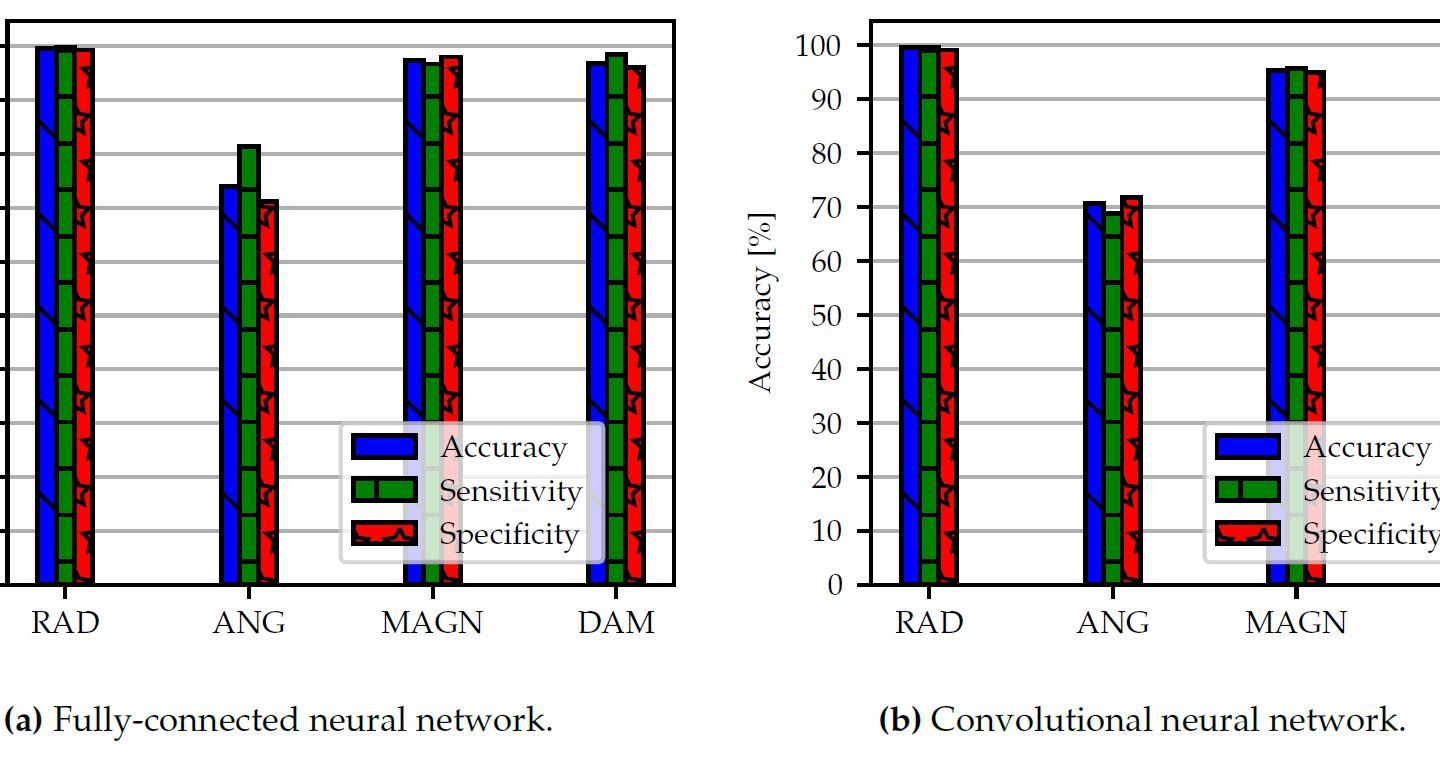Damage Identification in Composite Rotors
Title: Damage Identification in Composite Rotors
Project duration: 2020-2021
Research Area: Engineering and Business
The project focuses on structural damage identification in composite rotors using neural networks. Fully Connected Neural Networks and Convolutional Neural Networks are employed to analyze power spectral density data for damage detection. By creating augmented datasets and implementing advanced training techniques, the study aims to enhance the accuracy of identifying damage propagation scenarios in composite rotors. The research contributes to the field of rotor engineering by offering a novel approach to structural health monitoring, potentially improving maintenance strategies and ensuring the safety and efficiency of rotor systems.
Aims
Efficient structural health monitoring methods for composite rotors are developed using machine learning algorithms. By training neural networks on vibration response spectra, the goal is to accurately detect, localize, and quantify damage in composite structures, ultimately enhancing the safety and performance of rotor systems.
Problem
The central question of the project is how to effectively detect and quantify to prevent critical failures. By utilizing neural networks on vibration response spectra, the study addresses the challenge of identifying gradual damage in composite materials to enhance structural health monitoring and maintenance practices.

Practical Example
The research findings can be applied in aero-engines and wind turbines. By implementing advanced monitoring techniques, maintenance services can detect and address damage in composite rotors early, preventing critical failures and ensuring the safe and efficient operation of these critical systems.
Technology
Fully Connected Neural Networks and Convolutional Neural Networks are utilized to analyze vibration response spectra from composite rotors. These machine-learning algorithms are trained on data sets containing simulated test cases to detect, localize, and quantify damage in composite structures. By leveraging advanced training techniques and data augmentation, the technology aims to enhance the accuracy of structural health monitoring in rotor systems.

Outlook
The developed methodology enables more efficient and accurate monitoring of rotor systems. This includes improved safety, reduced maintenance costs, and enhanced operational performance. Future research could focus on expanding the application of machine learning in other structural health monitoring areas and integrating real-time monitoring capabilities for proactive maintenance strategies.
Publications
- Scholz, V., Winkler, P., Hornig, A., Gude, M., & Filippatos, A. (2021). Structural damage identification of composite rotors based on fully connected neural networks and convolutional neural networks. Sensors, 21(6), 2005. DOI: 10.3390/s21062005
Team
Lead
- Prof. Maik Gude
- Dr. Angelos Filippatos
Team Members
- Veronika Scholz
- Dr. Peter Winkler
- Dr. Andreas Hornig
Partners




